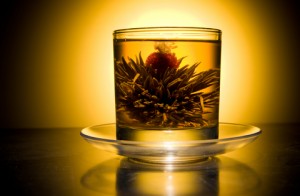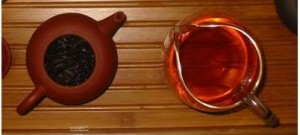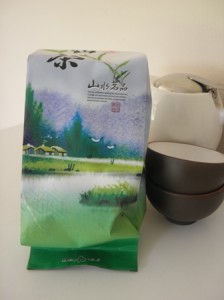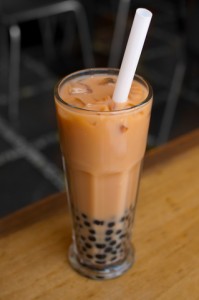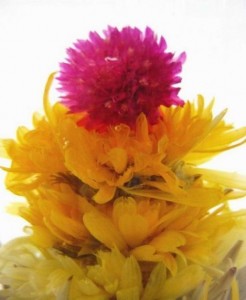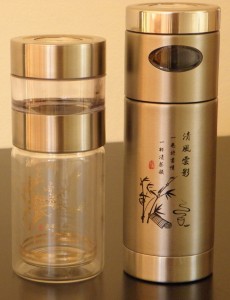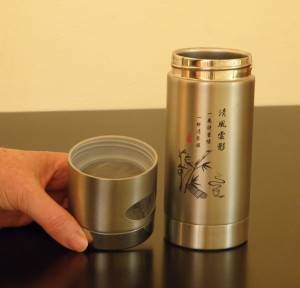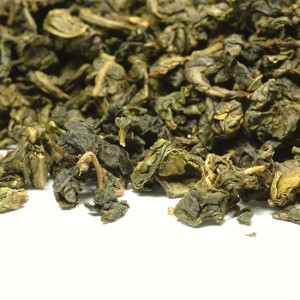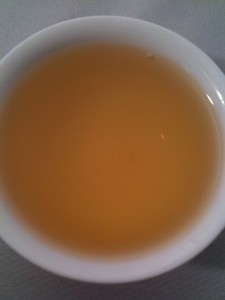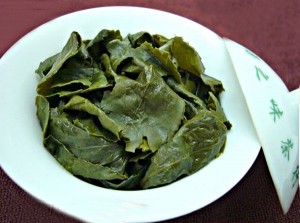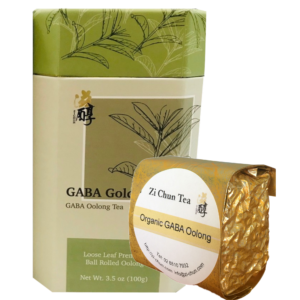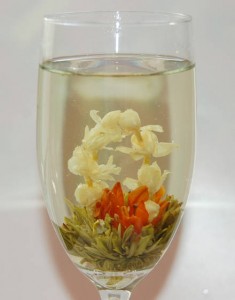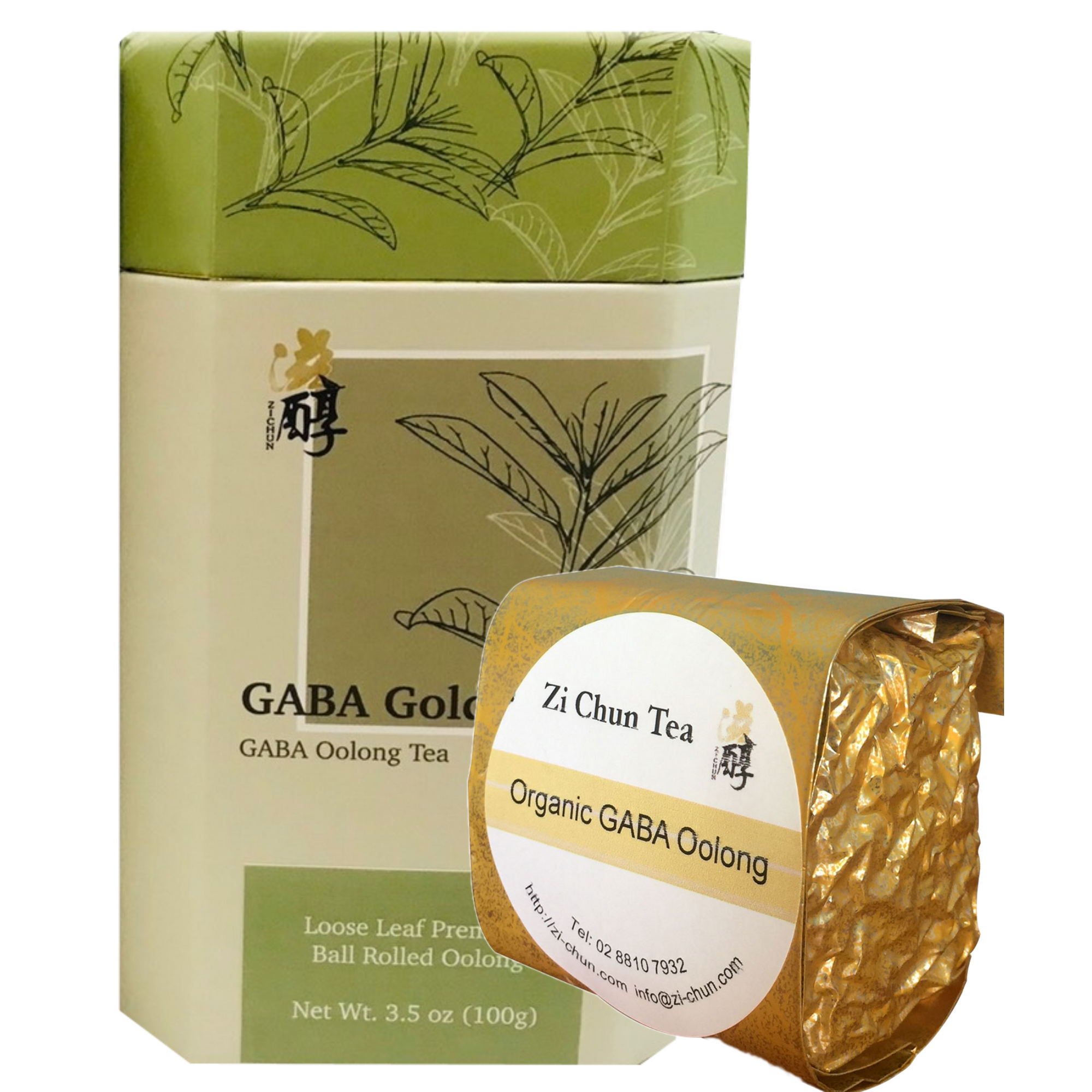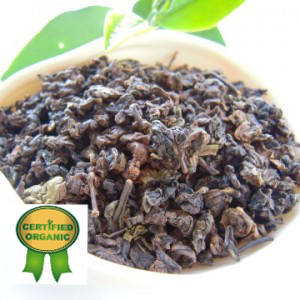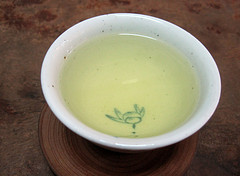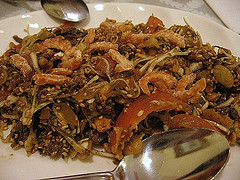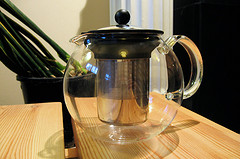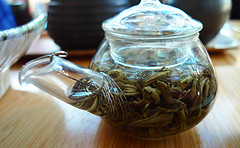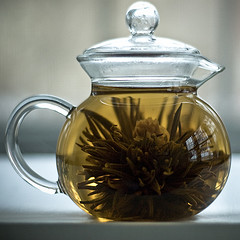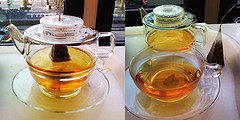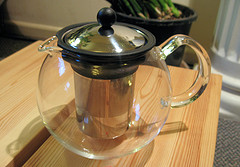
Our Jasmine Pearls tea comes directly from China, where it is harvested at Fu Ding in the Fujian province. We offer two varieties of Jasmine Pearl tea: Jasmine Pearl in a white tea base and Jasmine Pearl in a green tea base. As with regular teas, the Buddha’s tears tea with the white tea base is quite a bit more expensive than that with the green tea base. Currently we have the Jasmine Pearl tea in a green tea base in stock. This is the tea I am featuring today.
Order Jasmine Pearl from our online shop here
For US and Canada customers teas can be ordered here: Zi Chun Teas Online Shop
This tea is known by quite a few different names, here is a list of what you may see it called – rest assured, no matter what name is used, the tea should be the same type of tea—though some may be made with white tea, others with green tea.
- Jasmine Pearl Tea
- Buddha’s Tears Tea
- Jasmine Dragon Pearl Tea
- Jasmine Dragon Pearls
- Dragon Tears Tea
- Jasmine Pearl Green Tea
Jasmine Pearl Tea in Green Tea Base

The tea we stock is grown at a fairly high elevation of 1,200 metres. Basically, it consists of spring harvested green tea leaves that are hand rolled into tight balls resembling pearls (or Buddha’s tears). Once the balls are made, they are left to dry until the Jasmine flowers are in bloom. The tea, which remains rolled into a ball shape, is then scented five to six times with Jasmine flower petals. It is a natural tea, made from freshly harvested tea and jasmine petals.
I am often asked about the concept of scented teas – how the process is accomplished and how natural it is. In essence it is an extremely easy step. You may have heard, or read elsewhere, how important it is to keep your teas sealed well and set away from other food substances such as coffee, herbs and other aromatic food stuff. The reason for doing so is that tea very easily and naturally absorbs odours. Flower petals are very fragrant (as are many herbs and spices used to scent tea – think of the peppermint or ginseng scented teas). Mixing odour absorbing tea and fragrant flower petals is the perfect way to come up with a natural, organic tea blend.
Once the tea is infused, the balls unfurl and a delightful jasmine aroma is released. Although most of the jasmine leaves are removed once the scenting process is completed, high quality Jasmine pearl tea should retain the subtle Jasmine flavour and aroma even after several infusions. Usually, the brewed tea is a soft yellow-green in colour. A good tea should have a mellow taste that lingers gently on your tongue.
How to Brew Jasmine Pearl Green Tea
With this green tea base, the water temperature should be around 95-100 degrees or just under boiling temperature. (If you are brewing Jasmine Pearl White tea, the water temperature should be lower.) About 4 gm of loose tea is sufficient to make 100 ml of tea. A common mistake, when making this tea for the first time, is to put too many tea balls into the teapot. You do not need many, as the leaves are tightly rolled. Steep for about three minutes. You should be able to get two or three infusions from your initial brewing. This tea is best brewed in a glass teapot, that way you can see the leaves unfurl and enjoy the whole experience of not only tasting the tea but also watching it steep.
Other Interesting Facts
The dry leaf used to roll into balls is pale green and covered with a fine white “down”. These leaves are tightly rolled into round shapes of a consistent and uniform size. You should clearly smell the jasmine aroma when smelling the dry tea. Once infused, the leaf unfurls and is a yellowish-brown colour. Again, you should be able to smell the jasmine aroma in the brewed tea.
Health Fact—Jasmine Pearl Tea Health Benefits: We all know the benefits derived from drinking organic green, white, oolong or black tea. But, did you know that there are also health benefits attributed to Jasmine? Jasmine is purported to have been used as a treatment for depression and anxiety. It is also helpful for women going through menopause, apparently lessening certain symptoms. Not only is it helpful in treating these conditions, but it also helps boost your body’s immune system making it less likely that you will catch all those pesky colds and flus as they go around!
In summary, this is a delightfully refreshing green tea – a real favourite for those who like to drink moderately priced jasmine scented teas. It’s healthy, affordable and a great tea to drink any time of the day. Try pairing it with a summer salad, or a chicken dish (it’s especially good when served with a Chicken curry dish!) Or simply enjoy it on its own.
For US and Canada customers teas can be ordered here: Zi Chun Teas Online Shop

